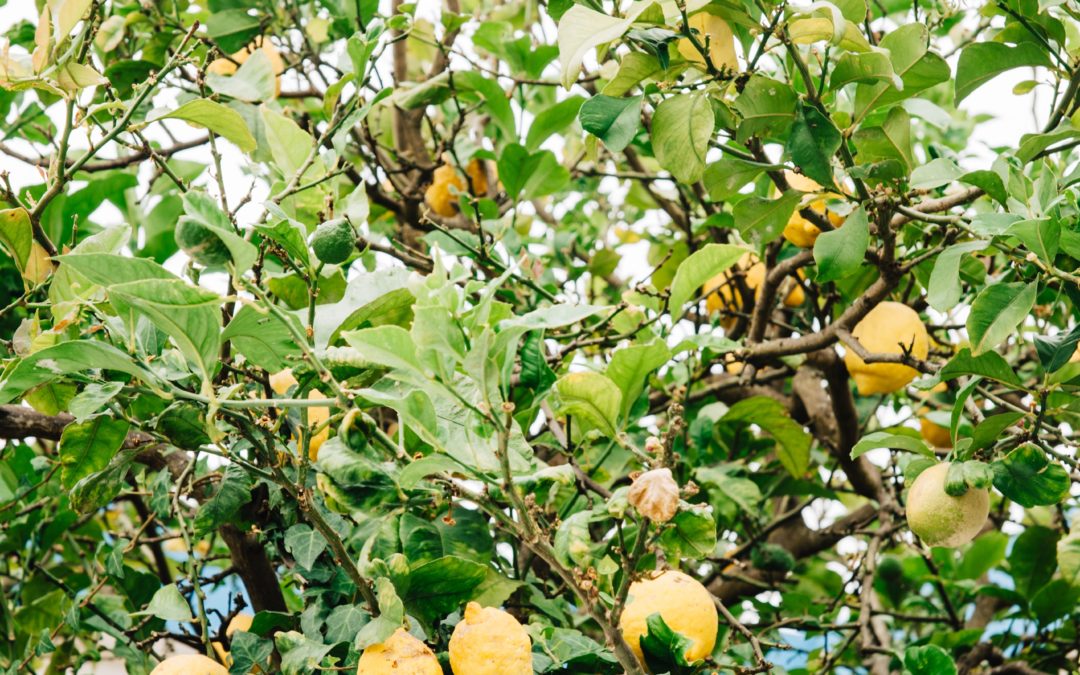Pruning is very important for the growth of fruit trees, and in improving the size of the tree and quality of fruit; a fruit-bearing tree has to be pruned at specific time of the year. However, most gardeners are rather nervous about pruning, and they wonder how to prune a fruit tree the right way? Pruning is a gardening skill, and there are different techniques for pruning different types of fruit trees. The basic rule in pruning is to remove dead branches from the tree, so that the tree has a strong scaffold of branches distributed around a main leader.
Too little pruning can result in a crowded tree, and over pruning can result in less fruit production. Pruning will help the sunlight reach the interior of the tree, and thus stimulate fruit ripening. Pruning will also allow air to circulate in the main branches, and fruit bearing branches.
Some experts suggest that late winters are the best time for pruning fruit trees. However, pruning in the summer season would help heal the pruned branches, better. You would require special tools for pruning fruit trees, such as, sheers, gloves, and probably a ladder to reach the fruit trees. You will need to remove or trim any dead, overlapping, crossing branches that could be hindering sunlight and air to the interior of the tree.
As we mentioned, there are different techniques for pruning different type of fruit trees, here is a brief insight into pruning few summer-season fruit trees, such as, mango trees and lemon trees.
Pruning Lemon Trees:
It is vital to prune lemon trees once every year or two, other citrus trees may need to be pruned throughout the year. Thus, a lemon tree should not be over pruned or you may risk losing that year’s harvest. The best time to prune a lemon tree is shortly after it has produced its harvest, this will allow the tree to recover after the pruning process. You should not prune a lemon tree on very hot days, and it is vital to remember that you should not trim more than 1/3 of the tree each year. Trim off weak and wobbling branches, and you have to be very precise while trimming the branches. You have to cut a branch at a slight angle.
Do not cut fruit bearing branches that do not restrict the sunlight to the main tree, only cut branches that are growing in a wrong direction, and trim interweaving branches. Pruning citrus trees has to be very specific, other citrus trees may require pruning throughout the year. When pruning lime trees, keep the lime trees smaller at the top and thicker at the bottom, and prune all dead, damaged, and weak branches to the base. Citrus and lime trees require a lot of sunlight to produce a better harvest.
Pruning Mango Trees:
Pruning a mango tree keeps it manageable and makes it easier to harvest the fruit, and it helps maintain the height of your mango tree. Annual pruning can help maintain the height of a mango tree, you should start pruning a mango tree when it is newly planted. Make a cut in the middle of the branch or shoot at approximately 3 inches; this is called as the heading cut. A mango tree requires regular pruning until it is 2 to 4 years old, after that trimming once a year is considered enough.
Pruning a mango plant in its first year is very important; this will help stimulate vegetative growth, control size and height of the mango tree, and help create a strong framework of branches. Pruning subtropical fruit trees, such as mangoes, should be done in its earlier years.
Thus, there are many advantages to pruning fruit trees; it improves harvest, gives better fruit production, keeps the tree manageable, makes it visually more attractive, and allows more sunlight and air to the inside of the tree.
For expert advice and assistance on pruning fruit trees on the Gold Coast or any other tress contact us for a free quote on removing a tree close to your home or call us on 0417 475 479
We service all Gold Coast areas including Hinterland and up to South Brisbane and down as far as Coffs Harbour.

